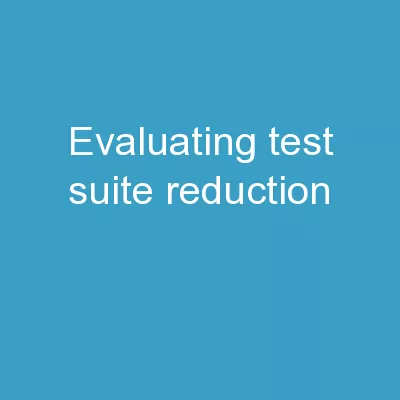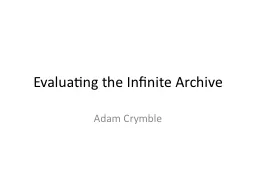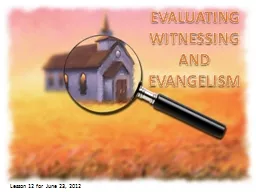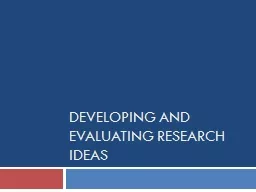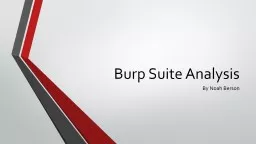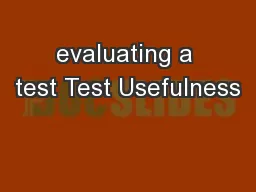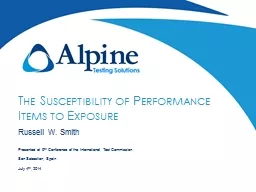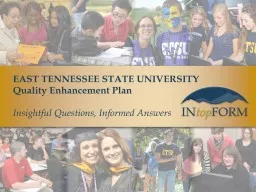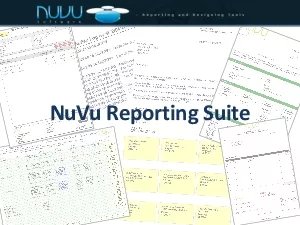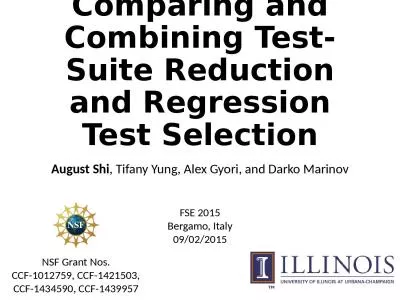PPT-Evaluating Test-Suite Reduction
Author : aaron | Published Date : 2019-03-15
in Real Software Evolution August Shi Alex Gyori Suleman Mahmood Peiyuan Zhao Darko Marinov ISSTA 2018 Amsterdam Netherlands July 16 2018 CCF1409423 CCF1421503
Presentation Embed Code
Download Presentation
Download Presentation The PPT/PDF document "Evaluating Test-Suite Reduction" is the property of its rightful owner. Permission is granted to download and print the materials on this website for personal, non-commercial use only, and to display it on your personal computer provided you do not modify the materials and that you retain all copyright notices contained in the materials. By downloading content from our website, you accept the terms of this agreement.
Evaluating Test-Suite Reduction: Transcript
Download Rules Of Document
"Evaluating Test-Suite Reduction"The content belongs to its owner. You may download and print it for personal use, without modification, and keep all copyright notices. By downloading, you agree to these terms.
Related Documents

